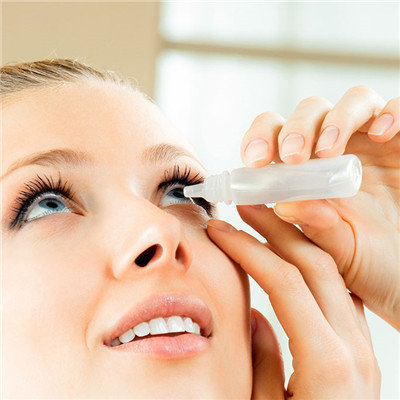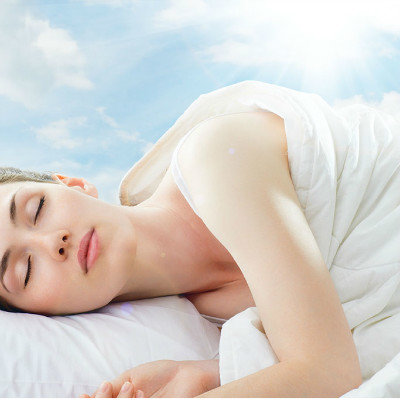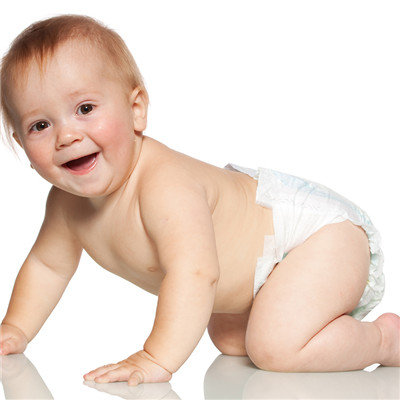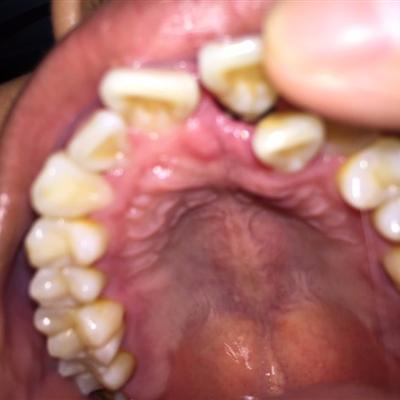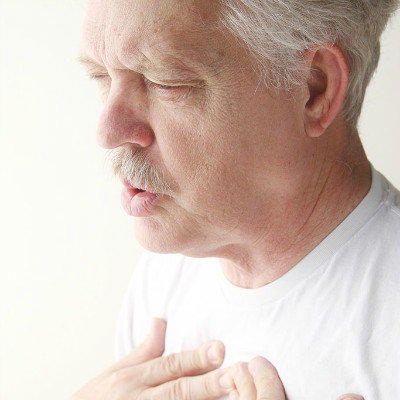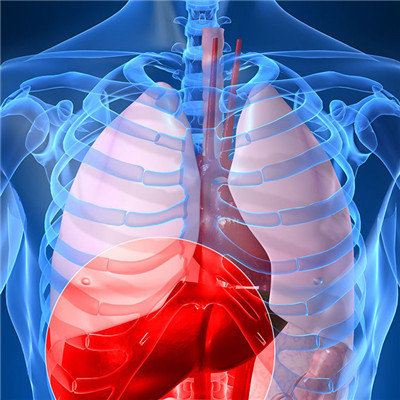Symptoms of Meige syndrome
summary
Acetylcholine syndrome is a rare nervous system disease, which belongs to a kind of segmental dystonia, also known as idiopathic blepharospasm - oromandibular dystonia syndrome. In 1910, Henry Meige, a French scholar, first reported that blepharospasm, various forms of dystonia of facial, mandibular and cervical muscles were mainly caused by blepharospasm, which were more common in middle-aged and elderly people. Symptoms of Meige syndrome? Let's talk about it
Symptoms of Meige syndrome
Meige syndrome usually occurs in 30-60 years old, and there are rare cases in teenagers. The ratio of male to female is about 1 ∶ 3. Meige syndrome can be divided into three types according to clinical manifestations: blepharospasm, blepharospasm - oromandibular dystonia, and oromandibular dystonia. Blepharospasm combined with oromandibular dystonia is regarded as complete type of Meige syndrome. In addition to facial symptoms, some patients also have dystonia in the neck and upper limbs. Some scholars classify these patients as mixed type.
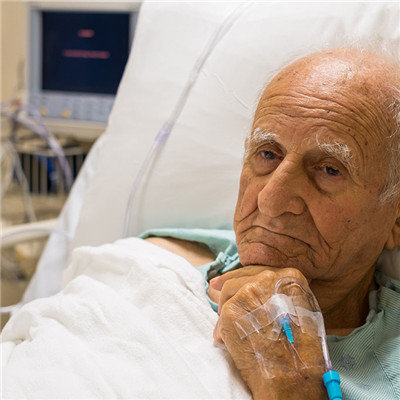
Blepharospasm is the most common first symptom of the disease, eyelid weakness and blepharoptosis are also very common, a small number of abnormal facial tension is the first symptom. Some patients with monocular onset, gradually involving the opposite side, first appear eyelid irritation, dry eye, photophobia and blink increase and other symptoms, and then orbicularis oculi myotonic or clonic contraction until the eyes are completely closed, can not complete the task of visual dependence, such as watching TV, reading newspapers, walking, etc., severe cases can occur functional blindness, or even loss of independent living ability.

Some patients gradually progress from blepharospasm, the most common involvement of the lower face and masticatory muscles is jaw opening and closing, pouting, lower jaw and oromandibular rhythmic or tremor like movement. Blepharospasm combined with mouth opening, pouting and lower jaw twitch lead to "strange appearance". The patients who invaded glossopharyngeal muscle, laryngeal muscle and respiratory muscle showed paroxysmal spasm of glossopharyngeal muscle, dysphagia, spasmodic dysphonia and dyspnea. Upper and lower limbs can also be affected, which can be manifested as postural tremor, writing spasm, hand and foot twitch, etc. Meige syndrome with emotional disorders is also more common, depression has a higher incidence, some patients will also appear anxiety with depression, need to be differentiated from primary mental disorders.

matters needing attention
In a word, the clinical manifestation of Meige syndrome is not rigid, but changeable. It is easy to be misdiagnosed as myasthenia gravis, xerophthalmia, neurosis and dental diseases. Therefore, neurologists, psychiatrists and ENT doctors should strengthen the understanding of the disease, try to avoid misdiagnosis, so that patients can get the correct treatment as soon as possible.
